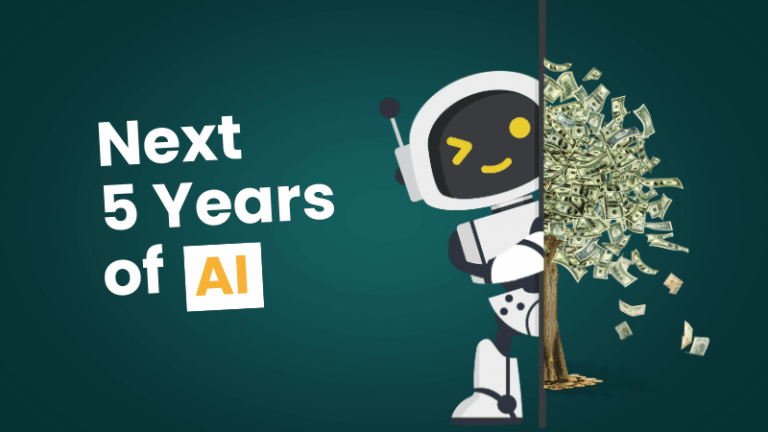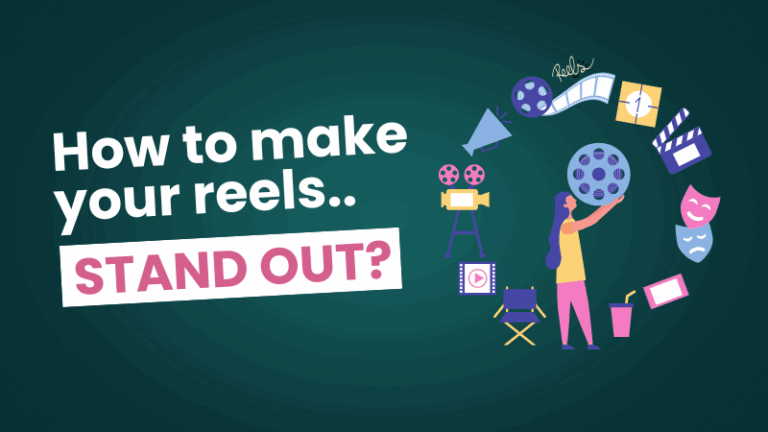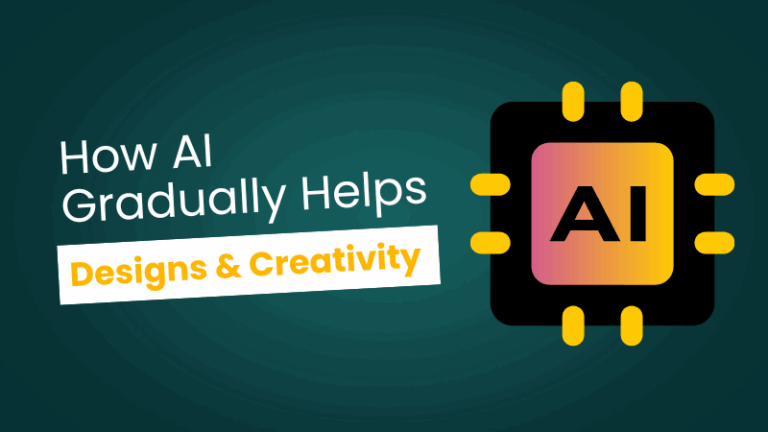The Ups and Downs of AI Creativity
AI and creativity. It’s kind of wild, isn’t it? Machines—things made of code and logic—are now sketching, writing poems, composing music, and even designing logos that would probably take a human designer a few strong coffees and a whole afternoon to produce.
Now, on the positive side, the potential is massive. Like, genuinely exciting. AI can spark ideas we wouldn’t have thought of ourselves. It’s sort of like having this tireless creative buddy who never runs out of steam and doesn’t need to sleep or procrastinate (ugh, jealous). You give it a prompt, and boom—it spits out ten variations. You want a children’s story in the tone of a noir detective novel? Done. You want a logo that feels like Bauhaus met a jellyfish? Weird… but, yeah, it can try.
It’s also democratizing creativity. People who maybe don’t have formal training in design or writing can now express themselves in ways they couldn’t before. Like, not everyone has time to master Photoshop, but if AI can help someone create their own book cover or marketing graphic? That’s powerful. Really.
But here’s where it gets messy. Because there’s a downside, of course there is. And not just the “robots are coming for our jobs” stuff (though, yeah… that too). I’m talking about the soul of creativity. Sometimes, AI creations feel—how do I put this?—soulless. Like they’re technically impressive, but kind of empty. No struggle. No weird quirks or deeply human contradictions that make art feel… real.
Also, the originality thing? It’s murky. AI doesn’t really “create” the way we do. It remixes. It’s like a supercharged collage artist, pulling from billions of data points, rearranging patterns it’s seen before. That’s not necessarily bad, but it raises this weird question: if it’s all derivative, is it still art?
There’s also a risk that we start relying on it too much. You know, the way spellcheck made us forget how to spell “accommodate”? (Still have to double-check that one.) What happens when we forget how to brainstorm, doodle, fail, and start over? Creativity isn’t just about the polished result—it’s about the messy, unpredictable process. And AI? It kind of skips that part.
Oh—and bias. Let’s not pretend AI is neutral. It reflects what it’s trained on. If the data is biased (and, spoiler alert, it often is), then the creativity it produces might subtly reinforce stereotypes or ignore diverse voices. That’s not creativity. That’s just repeating the same patterns in fancier packaging.
So yeah. AI creativity is exciting. It’s convenient. It’s a game-changer. But it’s also complicated, and a little unnerving at times. We should embrace it, sure—but maybe not blindly. Maybe with one eye open and a bit of skepticism. Like, enjoy the magic trick, but keep an eye on the magician.
Because in the end, human creativity—flawed, emotional, inconsistent—is still kind of irreplaceable. At least, I hope so.





